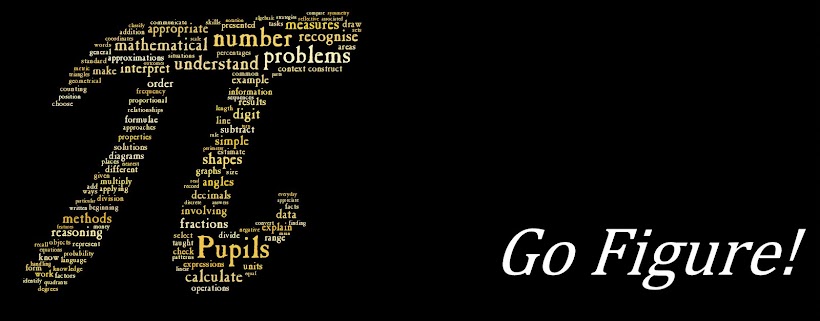Looking for an activity to do for 5 minutes at the end of an end of term maths lesson, I reverted to an old game we used to play - substituting a word in a movie for a maths term. The students really enjoyed it - think "Square Wars" - but I thought it would be fun to have a go on Twitter.
So I started #mathsmovies on Twitter with the gem:

And then nothing happened...
For about a week.
But then it went ballistic, and there are now hundreds of maths movie titles. Some of my favourites:
@ricklecoat 2 x 10^4 Leagues Under The Sea
@BeckyBoooo I know what Euclid last summer
@chris_1974 Nanny McPhi
@mitdasein Dude, Where's Descartes?
@JunkDuster Hexagon in 60 Seconds
Unfortunately, the Americans have now hijacked it, and renamed it #mathmovies...
Slightly more serious, and a whole lot more useful, is Tom Handley's PGCEtips e-book, which can be downloaded here.
By using the hashtag #pgcetips, Tom collected a vast collection of tips, hints, ideas and strategies to help those starting out on their teaching career. He was featured in this week's TES too.
A similarly brilliant project is #movemeon by Doug Belshaw; the e-book can be downloaded here.
So, my new (academic) year's resolution is to get more out of Twitter, whilst putting a lot more in!



